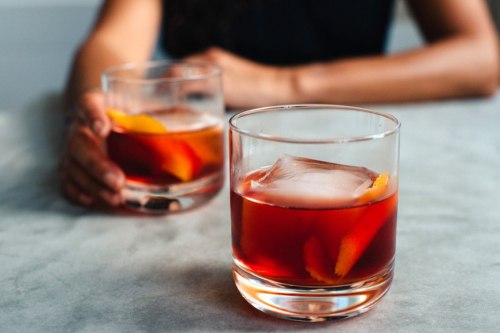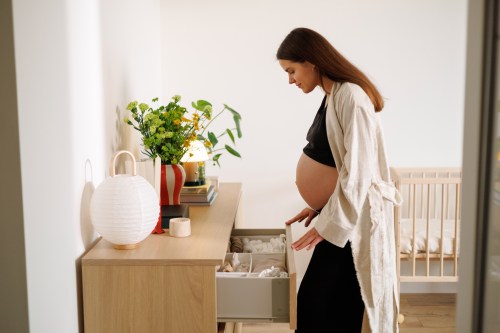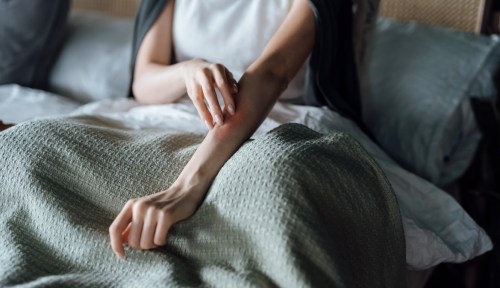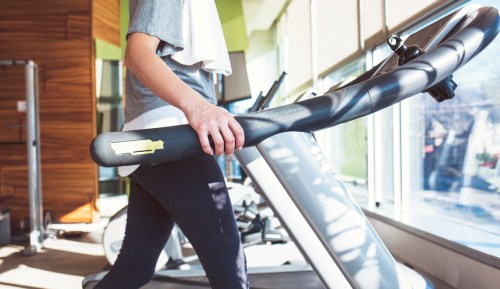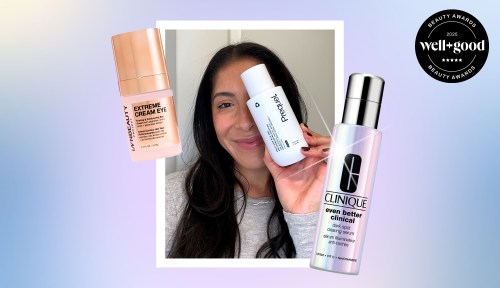Despite science-backed strides, PMS (pre-menstrual syndrome) remains one of the enduring mysteries of humanity, a fact that vexes women everywhere. Sure, a number of methods will help you cope with cramps, moodiness, hormonal rage, and other symptoms; but scientists don’t seem to fully know what causes it, Newsweek reports. A new study, however, might shed some light on the monthly issue—and you probably won’t like the findings.
Heavy drinking—AKA more than one drink a day—was associated with a 79 percent risk of PMS symptoms; moderate drinking (one drink a day) carried a risk of 45 percent.
Published in the journal BMJ, the meta-analysis of 19 previous studies covering more than 47,000 people aimed to find a relationship between alcohol and the occurrence and severity of PMS. The researchers found that heavy drinking (which they categorize as more than one drink a day) was associated with a 79 percent risk of PMS symptoms; moderate drinking (one drink a day) carried a risk of 45 percent.
Before you fret too much about bidding adieu to your glass of spring-friendly orange wine, know that the study does not prove causality. Sure, drinking could exacerbate PMS, but women might also drink more frequently when dealing with symptoms. Therefore, the researchers recommended that the link be scrutinized further. Study co-author Hazel Inskip, PhD and professor of the University of Southampton, says, “PMS affects women’s lives profoundly, and if alcohol is exacerbating the symptoms for some, then trying to reduce the intake might help.”
To reduce your suffering, you can might try a different method to eliminate your PMS forever—or at least relieve it temporarily with cannabis.
For other menstrual tips, check out how tracking your period could change your life, and stock up on these foods known for subduing PMS.
Sign Up for Our Daily Newsletter
Get all the latest in wellness, trends, food, fitness, beauty, and more delivered right to your inbox.
Got it, you've been added to our email list.
